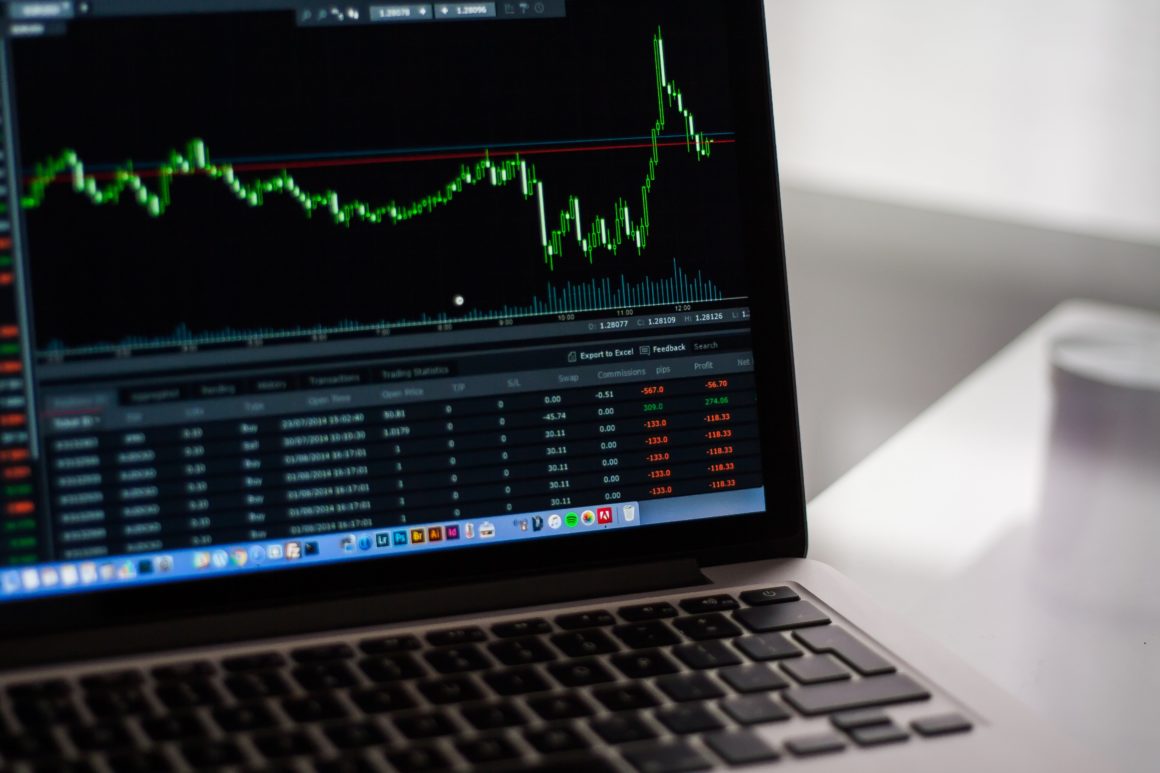
Inverted yield curve, what is it and and why do we care?
The bond “yield curve” has become “inverted” and suddenly every financial pundit is crying “the sky is falling”! – Or at the very least that a recession is imminent! To understand what they are talking about, we first need to understand bonds and bond market.
How bonds work
Bonds are essentially a loan. We loan money to the government or a corporation and in return we expect some form of annual compensation. At some point in the future, called the maturity date, we also expect to see our original loan returned. Bonds are sold to the public for a specific price, at a specific rate of return (yield) and a date in the future when the loan is repaid. For example, we can “buy” a $1,000 bond that has a yield of 3% and will mature in 5 years. If we invest $1,000 today, we get $30 a year and at the end of 5 years we get our $1,000.
If at some point we want our money, we can sell the bond on the “bond market”. The bond market is like the stock exchange. Buyers and sellers are brought together so that they can exchange securities. If interest rates have declined since we purchased our bond, it maybe worth more than $1,000. People are willing to pay more for our bond because current ones offer lower returns. The bond still pays $30 (3% on the original $1,000), so the new owners return will be less than 3%. How much less? Let’s assume someone purchased our bond for $1,100. Sine the bond pays $30, their annual return would be ~ 2.7%.
Alternatively, If interest rates increased since we purchased our bond, then our bond would be worth less. Sine a new owner would pay less than $1,000, the new buyer would experience a yield greater than 3%. Remember, who ever issued the bond is obligated to pay the original interest rate each year and return only the amount the bond was initially sold for.
What does this have to do with yield curves?
Normally, bonds with shorter maturity dates offer a lower yield than those with longer maturity dates. Why? Uncertainty. We can reasonably predict what interest and inflation will be over the next 12-24 months; however, as the length of maturity becomes further and further into the future, we become less certain about what will happen. Next year, inflation is likely to be similar to today, but there is no way to predict 5 years from now. This is also true for interest rates. To compensate for this uncertainty, bond issuers offer a premium on long term bonds. Thus yields on long term bonds are normally higher than short term ones.
Why yield curve inversions preceded recessions
When the economy enters a recession, one trick the federal reserve has to stimulate the economy is to lower interest rates. If borrowing money is less expensive, consumers and companies will be more willing to borrow to build houses or factories. Great for borrowers, bad for investors.
When investors are concerned that that a recession is imminent, they tend to buy up long term bonds hoping to lock in higher returns. This in turn boosts prices and lowers yield. At the same time, fewer investors want short term bonds knowing that their maturity date will coincide with the middle of the recession. This results in yields on short term bonds increasing. The result – an inverted yield curve where yields on longer-term securities are lower than short term bonds. Typically, the bonds that are most closely watched are the 2 and 10 year treasury notes – but in reality the entire market is affected.
But is the yield curve really accurate?
In the past 50 years, a yield curve inversion has preceded every recession. In addition, there has been only one instance where there was an inversion but no recession so sensitivity and specificity is pretty good. Part of the reason that an inversion is such a good indicator is that it’s not just prognostic, it also contributes to the recession. Short term borrowing becomes more expensive for corporations so they postpone investments in new plants and equipment. Consumer credit, which is usually based on short term interest rates, inches upward making buying large ticket items more expensive. All this contributes to an economic slow down and eventually a recession.
What can we do? Not much really. We are in one of the longest period of economic prosperity in history. A recession is almost inevitable. The real questions are how bad will it be and how long will it last. Unfortunately, the yield inversion won’t answer either of these burning questions.





One Comment
Pingback: